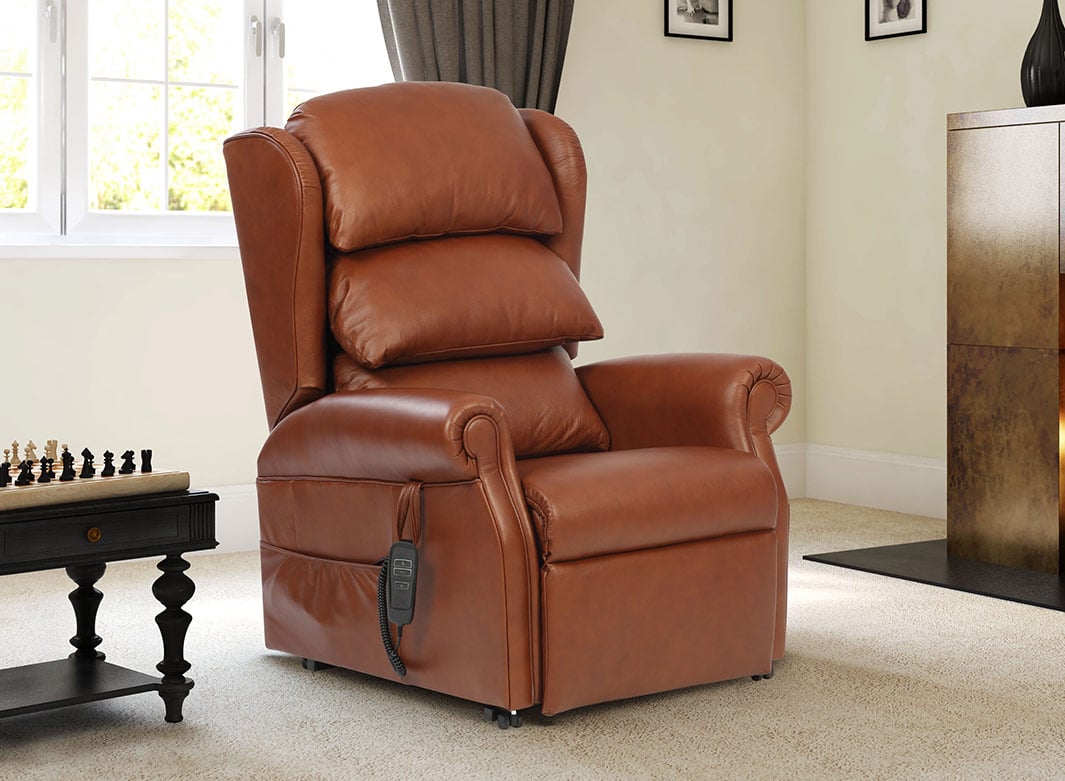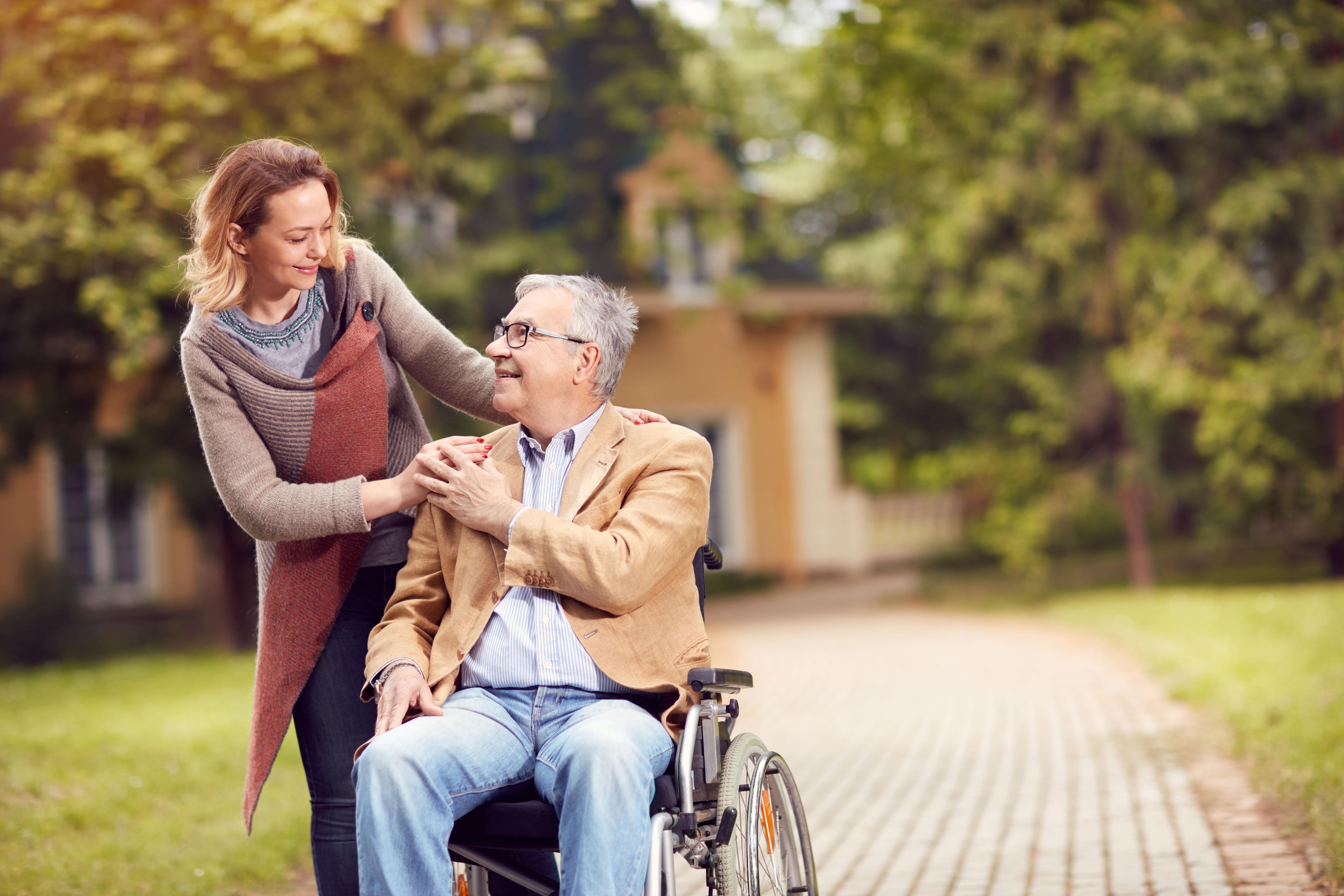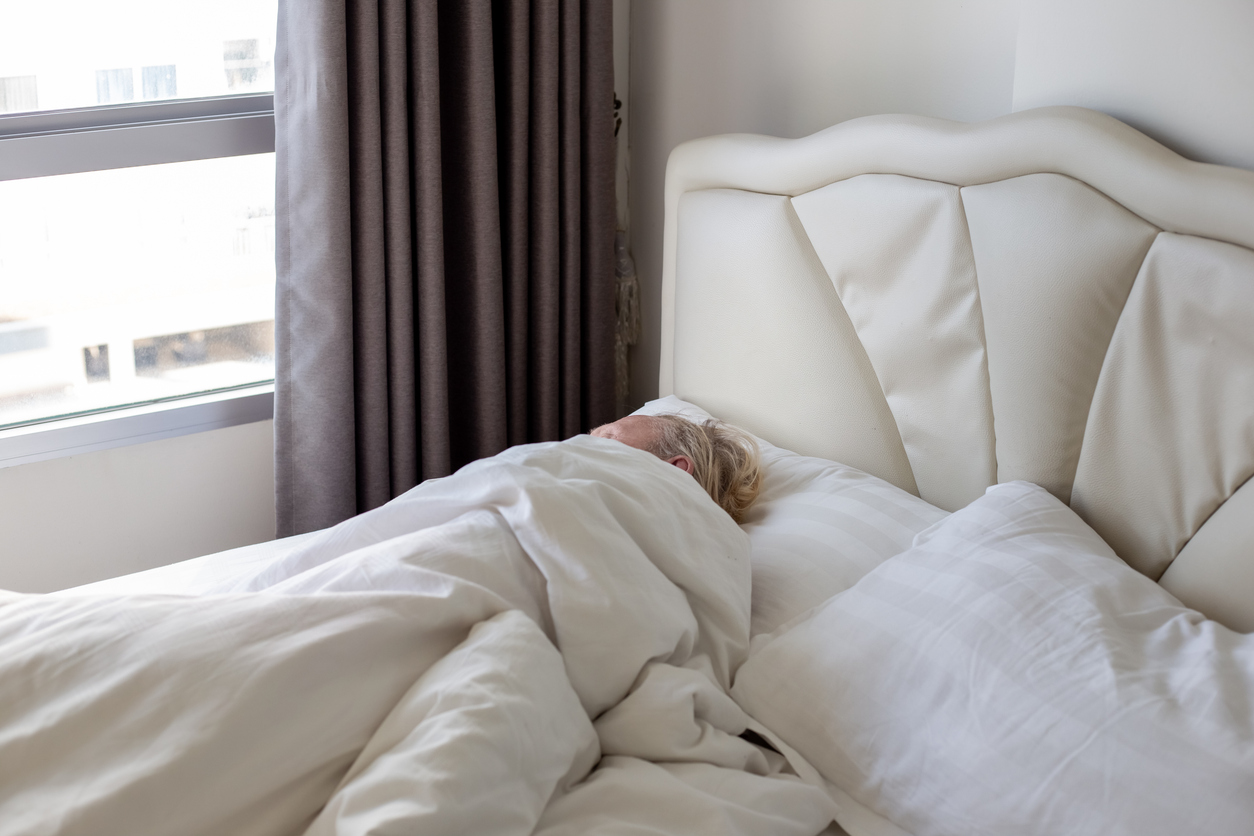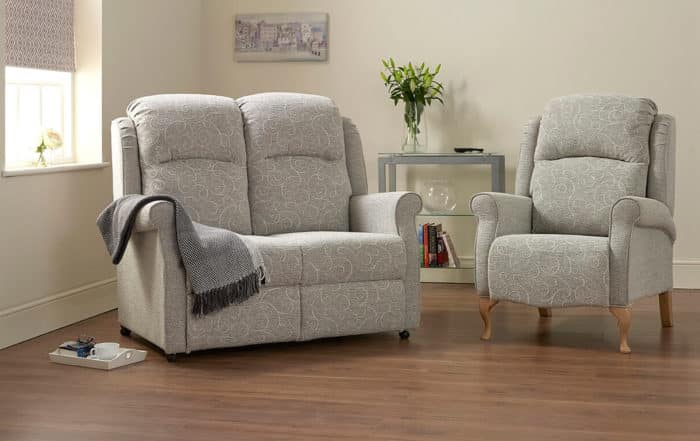Back Pain: Common Causes and Prevention
Social Links
It’s estimated that up to 8 in every 10 people in the UK are affected by back pain at some point in their lives and some people suffer more than others. There are several types of back pain, but the most common type of pain is in the lower back as it is this that supports most of the body’s weight.
Backache is much more common in people over the age of 60, as it is a pain that can gradually develop with age. Some pains are more serious than others, but even the slightest of pain can cause difficulty in carrying out daily tasks, such as walking and sleeping.
There are a variety of reasons as to why back pain can occur, and usually, it’s hard to determine what caused the pain. However, some general examples can help assess how the discomfort developed.
How does your sleeping position affect your back?
Sleeping in an awkward position can have a negative effect on most people, especially those who are older, leave some in agony when they wake up the next morning. This is usually caused by sleeping on the front, as it places the neck and back in irregular positions. An unnatural curve in the spine is caused, which therefore increases the strain put on the back muscles.
To avoid getting back pain the following morning, it is recommended that a pillow be used to support the natural curve of the spine. For example, when sleeping on the side, there should be a pillow between the knees, and the knees brought up towards the chest. Likewise, when sleeping on the back, placing a pillow under the knees will support the natural curve of the spine.
The condition of the bed will also impact whether back pain is developed while sleeping. Studies show that firmer mattresses result in lower back pain, and having a cervical pillow helps the natural shape of the spine and neck. Take a look at the range of mattresses we offer here at The Mobility Furniture Company, which includes a selection of both firmer and softer mattresses. We also have a selection of adjustable beds that can help support the shape of your back while you sleep.
How to avoid back injury while lifting heavy objects
Another common cause of back pain is caused by lifting a heavy object awkwardly and placing increased strain on the back. This can be easily done by anyone and will cause backache for a little while.
The best way to lift an object is to keep both feet shoulder-width apart and to keep the back straight at all times. Slowly bend the knees (like a squat) to pick up the object, and avoid twisting the back while carrying the object. It’s paramount that the back is kept straight at all times, and once finished, squat back down to place the object.
Sprains and pulled ligaments in your back
Similarly, pulling a ligament is another cause of back pain, and is particularly common in people who have physical jobs. They are often bending over and moving large objects, which can easily strain the back and pull ligaments.
When a job is so demanding, it can be hard to avoid straining your back due to the role the job entails. However, asking a colleague to help move a heavy object is a good idea as the weight can be shared, or use machinery, such as a forklift, to move objects when possible.
How can posture cause back pain?
Less physically demanding jobs can also cause back pain. For example, slouching in an office chair might seem comfortable at the time, but it actually causes strain on the lower back muscles. Over time, persistent pain in the lower back will develop if someone consistently slouches for long periods of time.
The best way to sit in an office chair is to have a straight back, with the head kept straight at all times. The shoulders should also be relaxed, the knees a little lower than the hips, and the feet flat on the floor. Although this is the recommended posture, sitting like this all day isn’t healthy. Every 1-2 hours, getting up and having just a minute’s walk will help relieve any tension in the muscles, prevent the back from becoming stiff, and allow the muscles to stretch.
Sitting in uncomfortable positions at home can also cause back strain, so your back must receive as much support as possible. At The Mobility Furniture Company, we have several types of high-back chairs to help support your back, and to help avoid back pain. Not only do these chairs help your health, they also look great!
Methods to relieve back pain
If you already have back pain, there are some ways to reduce the pain and make you more comfortable:
- Staying Hydrated – Spinal discs are mostly made out of water and are constantly losing water. During activities and general daily life, the discs are compressed, and water is lost, so refilling these with water (by drinking) helps keep your back in good condition.
- Hot & Cold – Having a hot bath can help with back pain, as can applying a hot water bottle to the area causing pain. Alternating between pressing hot water bottles and cold ice packs is another option to decrease the pain.
- Painkillers – These won’t cure the pain, but they may help with daily activities and increase your comfort.
- Using Bespoke Furniture – Here at The Mobility Furniture Company, we offer a collection of riser recliner chairs and adjustable beds that help support different requirements.
When to see a doctor about back pain
In most cases, back pain will heal itself and disappear after a maximum of a month. However, if the pain is persistent and refuses to go away, visit your doctor.
If other symptoms accompany back pain, such as having a high temperature or chest pain, immediately visit your doctor as it could be something more serious.
*This website contains general medical information. The medical information is not advice and should not be treated as such. Read our full Medical Disclaimer here.



